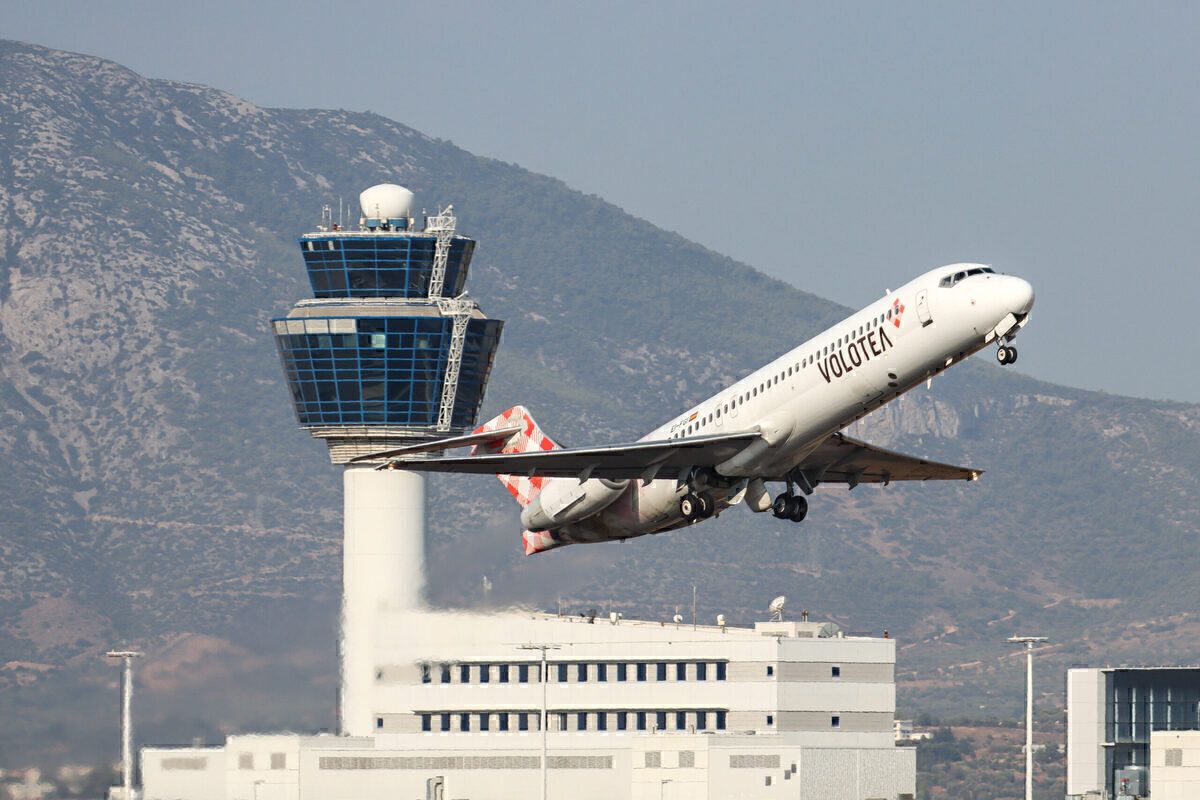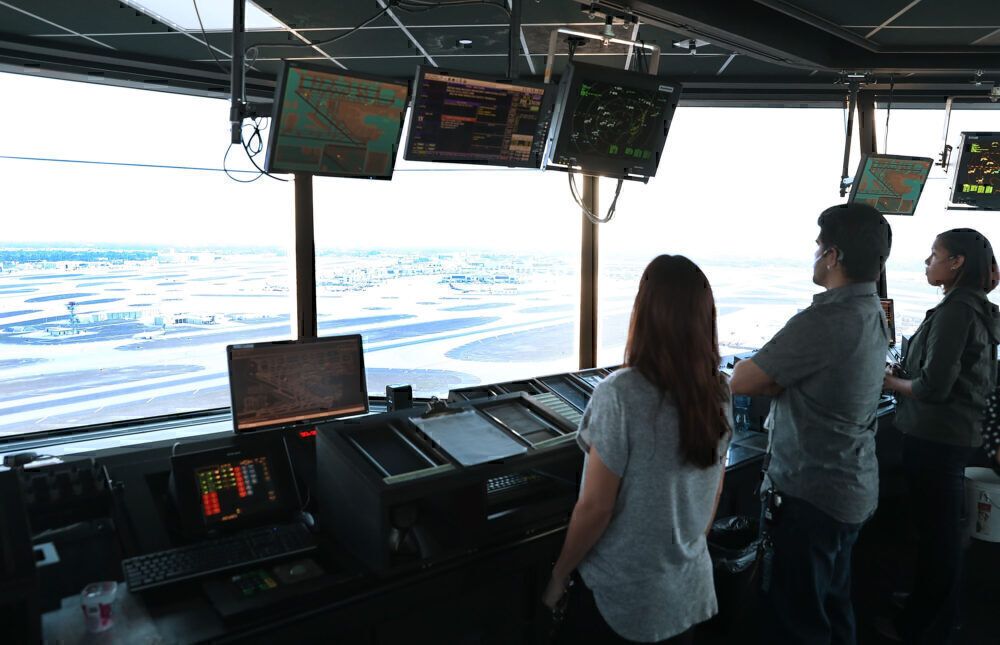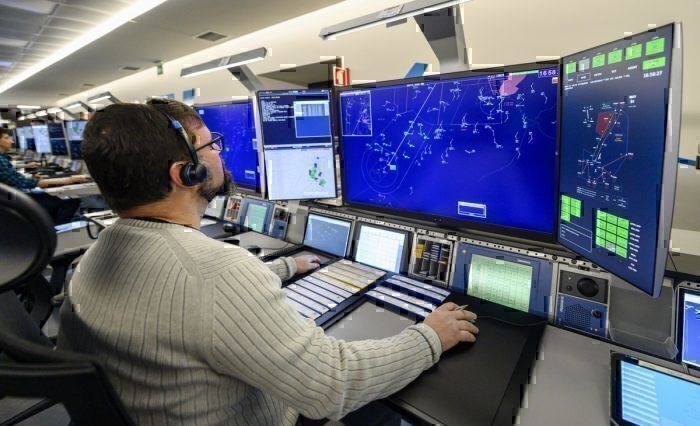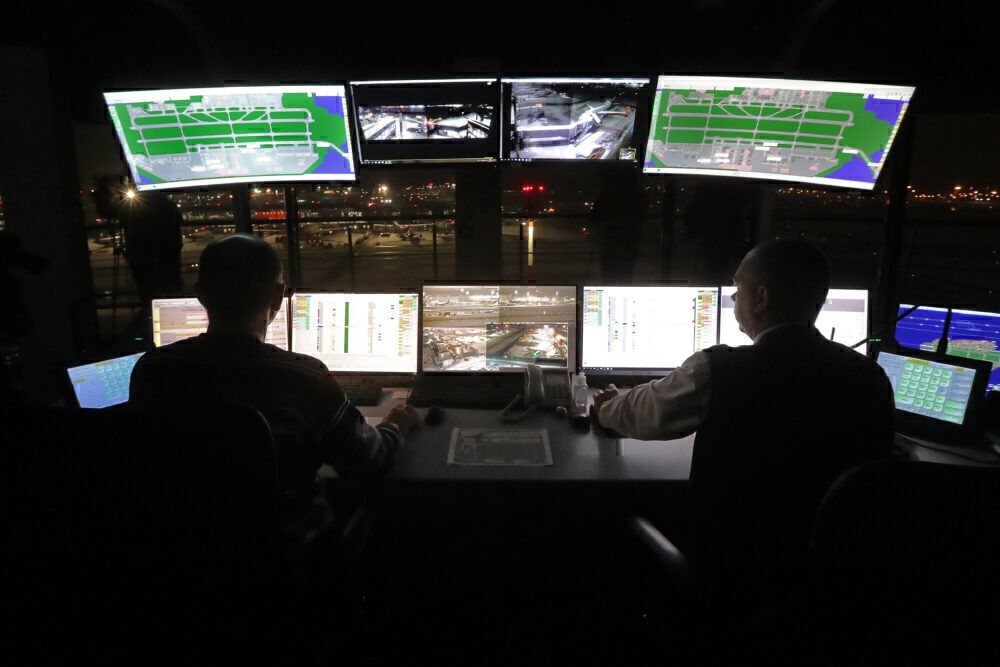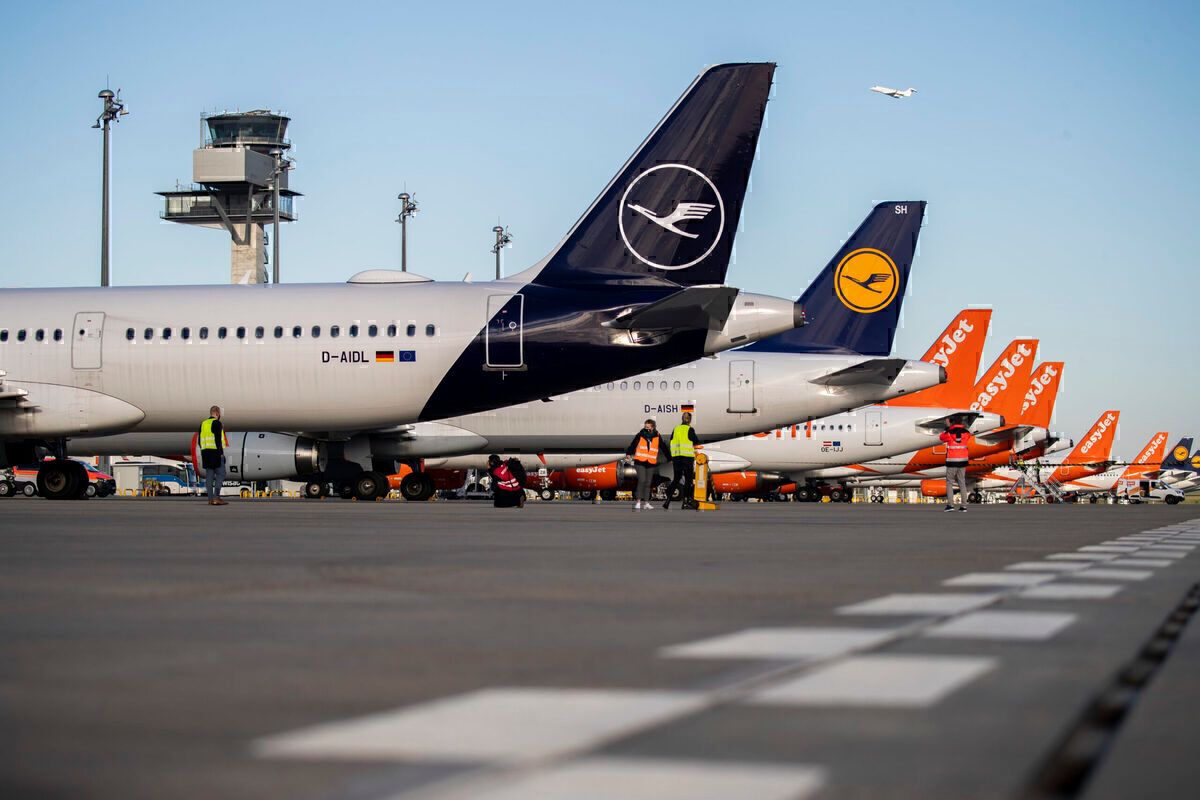The European Union Aviation Safety Agency (EASA) has just published a Safety Information Bulletin warning of the increase in the probability of issues regarding the use of Global Navigation Satellite Systems (GNSS) or Global Positioning Systems (GPS). The notice goes out due to the ongoing conflict in Ukraine following its invasion by Russian forces.
Preserving a safe environment for flight operations
The Safety Information Bulletin (SIB) issued by EASA, the body responsible for aviation safety oversight across the European Union, is aimed at the national aviation authorities of member states and air navigation service providers (ANSPs) as well as airlines.
The bulletin addresses the issue of spoofing and jamming of navigational services, which have intensified both in geographical areas surrounding the conflict zone and have also been seen across other areas of the European Union. This ensures that aviation activities can continue despite the conflict in the safest possible manner.
Sources such as Eurocontrol, plus a network of analysts and data obtained and analyzed by EASA have all indicated that since the start of the conflict in Ukraine on February 24th, 2022, there are four key geographical areas where GNSS spoofing (where inaccurate data is given) and jamming has intensified. This is where GPS signals are effectively electronically 'blocked' by individuals intending to render both ground-based and airborne-based navigation systems unreliable and completely unserviceable in the worst case.
Stay informed: Sign up for our daily and weekly aviation news digests.
Geographical areas of concern
There are four primary areas of concern highlighted by the SIB, namely,
- Kaliningrad region, surrounding Baltic sea and neighboring States;
- Eastern Finland:
- The Black Sea: and
- The Eastern Mediterranean area (including airspace in proximity to Cyprus, Turkey, Lebanon, Syria, Israel, and Northern Iraq).
EASA has reported that the effects of GNSS jamming and possible spoofing have been observed by aircraft in various phases of their flights. In some instances, this jamming has resulted in re-routing or changing the flight's destination due to the aircrew's inability to perform a safe landing at their intended destination.
Given the unpredictability of the jamming observed to date and in the current volatile climate, EASA states that it is impossible to predict these GNSS outages and their effects. It warns that the scale of the issues generated by such outages would depend upon the extent of the area concerned, the duration of the incident, and the phase of flight of the affected aircraft.
Various potential issues identified
The SIB issued by EASA lists the various potential issues resulting from the degradation of GNSS signals. This list, which is not exhaustive, contains areas of concern that the EASA has highlighted for operators to be aware of, based on activity it has witnessed or has been reported since the start of the conflict -
- The loss of ability to use GNSS for waypoint navigation
- Loss of area navigation (RNAV) approach capability
- Inability to conduct or maintain Required Navigation Performance (RNP) operations
- Triggering of terrain warnings, possibly accompanied with audible 'pull-up' commands
- Inconsistent aircraft position on the navigation display
- Loss of automatic dependent surveillance-broadcast (ADS-B), wind shear, terrain, and surface functionalities
- Failure or degradation of aircraft systems that use GNSS as a time reference
- Potential airspace infringements and route deviations due to GNSS degradation.
EASA has major concerns
While the issuing of the SIB indicates that EASA has significant concerns over the use of GNSS in the highlighted geographical areas listed above, the concerns do not yet stretch as far as requiring a Safety Directive (SD) to be issued. This form of notification has a higher priority than that given to a SIB and gives specific orders that must be complied with by the operators to which it applies.
Through the SIB, EASA advises operators throughout the EU to implement the following measure to mitigate the risk of being affected by such outages. The recommendations are to be applied for operations in the highlighted areas and other regions where GNSS jamming and possible spoofing may be detected.
Advice for aviation authorities
The SIB advises that the respective aviation authorities of member states should adhere to the following guidelines to ensure that safety is not compromised due to GNSS outages. It recommends that contingency procedures are established in coordination with air navigation service providers (ANSPs) and airspace users and that essential conventional navigation infrastructure, particularly Instrument Landing System, are retained and fully operational.
Secondly, it recommends implementing appropriate and proactive mitigating measures as a matter of high priority, including issuing NOTAMs, describing affected areas and related limitations.
The SIB also advises that a process should be instigated immediately to collect information on GNSS degradations and to notify the related outcomes to airlines and airspace users promptly.
It also calls for the immediate reporting of ANSPs' readiness to provide reliable surveillance coverage that is resilient to GNSS interference, such as ground navigational aids for conventional non-satellite-based navigation (such as Distance Measuring Equipment (DME) and Very High-Frequency omnidirectional range (VOR)). It also aims to ensure that ANSPs' contingency plans, including alternative procedures, are followed in case of large-scale GNSS jamming and possible spoofing events.
Guidance is also provided to operators
Air operators should ensure that flight crews promptly report via air report to air traffic control any observed interruption, degradation, or anomalous performance of GNSS equipment (jamming and possible spoofing) or related avionics.
Such operators should also assess operational risks and limitations linked to the loss of onboard GNSS capability and ensure that operational constraints introduced by the dispatch of aircraft with radio navigation systems inoperative are considered before operating an aircraft in the affected areas.
In terms of aircrew and other 'relevant personal', the SIB advises that all are aware of possible GNSS jamming and spoofing and verify the aircraft position using conventional navigation aids when flights are operated in the proximity of the affected areas.
Crews should also check that the navigation aids critical to the operation for the intended route and approach are serviceable and remain prepared to revert to a conventional arrival procedure where appropriate and inform air traffic controllers if such a case should arise.
Taking safety seriously in times of conflict
Given the comprehensive nature of the SIB issued, it would be safe to conclude that EASA is taking this issue of GNSS outages and jamming extremely seriously.
With no clear end to how the conflict in Ukraine will resolve, or indeed when that might be, it is clear that EASA is urging all those operating minor near the areas of control to remain at a heightened state of vigilance, to ensure that aviation operations, crews and passengers alike remain as safe as possible.

